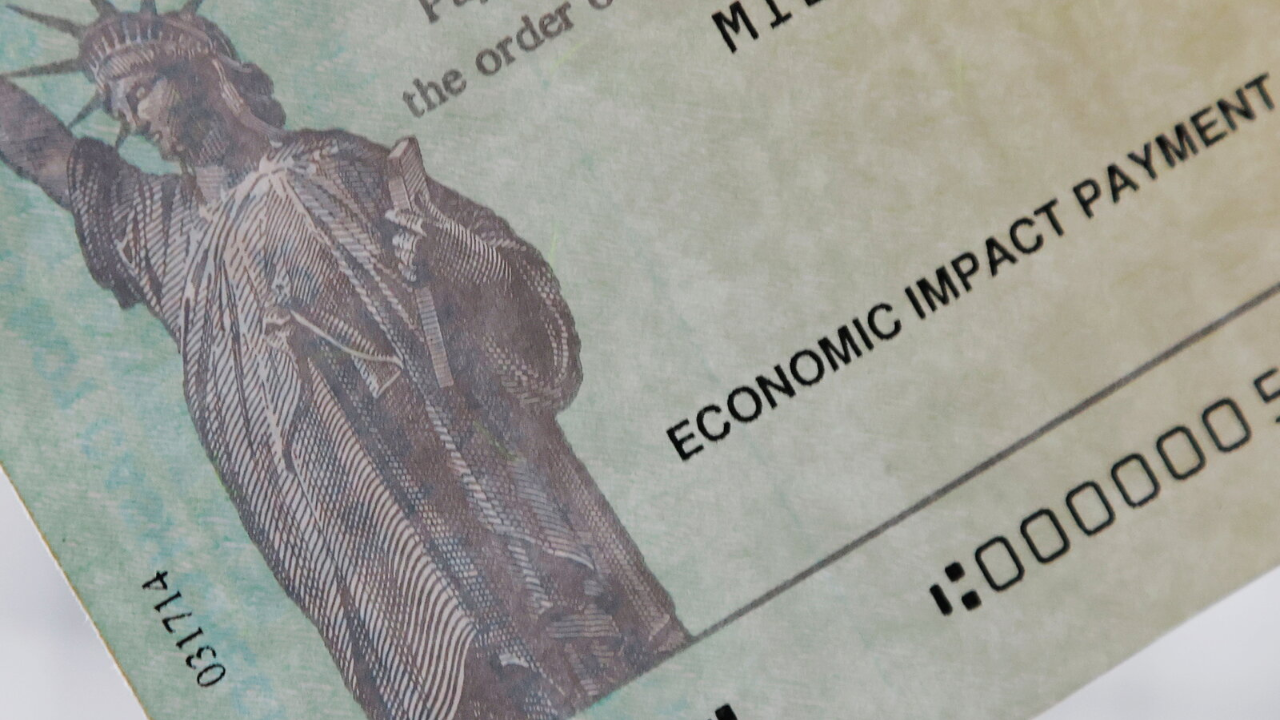Did you miss out on a stimulus check in 2021? The IRS Sending Special Payments has good news! About 1 million taxpayers are set to receive special payments for the 2021 Recovery Rebate Credit they didn’t claim. These automatic payments, worth up to $1,400 per person, are being sent out to help people who were eligible but missed out. In this article, we’ll explain what these payments are, who qualifies, and how to get them, all in simple terms to keep you informed.
What is the 2021 Recovery Rebate Credit?
The 2021 Recovery Rebate Credit is a tax credit for people who didn’t get one or more of the Economic Impact Payments (also called stimulus checks) sent out during the COVID-19 pandemic. In 2021, the third round of stimulus checks gave up to $1,400 per person and per dependent to help families during tough times. If you didn’t receive the full amount or any of it, you could claim the credit on your 2021 tax return. But many people forgot or didn’t know to claim it, so the IRS is stepping in to help.
Why Is the IRS Sending These Payments?
After reviewing records, the IRS found that around 1 million taxpayers who filed a 2021 tax return either left the Recovery Rebate Credit section blank or entered $0, even though they were eligible. To make things easier, the IRS is automatically sending these payments—no need to file extra paperwork. This effort shows their commitment to getting money to those who deserve it.
Who Qualifies for the Special Payments?
Not everyone will get these payments. Here’s how to know if you’re eligible:
Eligibility Requirements
- Filed a 2021 Tax Return: You must have submitted a 2021 federal tax return.
- Missed the Credit: Your tax return left the Recovery Rebate Credit blank or listed $0, but IRS data shows you were eligible.
- Income Limits: For the full $1,400, single filers needed an adjusted gross income (AGI) of $75,000 or less in 2021. For married couples filing jointly, the limit was $150,000. The credit shrinks above these amounts and stops at $80,000 for singles or $160,000 for joint filers.
- Other Rules: You must be a U.S. resident, not claimed as a dependent on someone else’s 2021 return, and have a valid Social Security Number (or a dependent with one).
Here’s a table summarizing eligibility:
| Criteria | Details | Notes |
|---|---|---|
| Tax Return Filed | Must have filed 2021 return | No credit claimed or listed as $0 |
| Income Limits | Single: ≤$75,000; Joint: ≤$150,000 | Phases out up to $80,000/$160,000 |
| Residency | U.S. resident in 2021 | Nonresident aliens don’t qualify |
| Dependents | Up to $1,400 per qualifying dependent | Must have valid SSN or ATIN |
| Payment Amount | Up to $1,400 per person | Total estimated: $2.4 billion |
How Will You Get the Payment?
The IRS started sending these payments in December 2024, and most should arrive by late January 2025. Here’s how it works:
Payment Process
- Automatic Delivery: No action is needed if you qualify. The IRS uses your 2023 tax return to send the payment to your bank account (via direct deposit) or your address (via paper check).
- Closed Bank Accounts: If your 2023 bank account is closed, the bank will return the payment to the IRS, which will mail a check to your address on file.
- Notification Letter: You’ll get a letter from the IRS explaining the payment.
- Non-Taxable: The payment won’t count as income for federal benefits like SNAP or SSI.
What If You Didn’t File a 2021 Tax Return?
If you didn’t file a 2021 tax return, you can still claim the Recovery Rebate Credit, but you must act fast! The deadline is April 15, 2025. Even if you had little or no income, you might qualify. Here’s what to do:
Steps to Claim the Credit
- File a 2021 Tax Return: Use IRS Free File or other tax software to submit a return, even if you had minimal income.
- Check Stimulus Amounts: Log into your IRS Online Account to see how much stimulus money you received in 2021. This helps calculate your credit.
- Get Help: Use free resources like Volunteer Income Tax Assistance (VITA) for filing support.
Why Act Now?
The IRS estimates over $1 billion in unclaimed 2021 refunds, including the Recovery Rebate Credit, could be lost if not claimed by April 15, 2025. After this deadline, the money goes to the U.S. Treasury. Plus, you might qualify for other credits, like the Earned Income Tax Credit (EITC), worth up to $6,728 for families.
Here’s a table of key deadlines and actions:
| Action | Deadline | Details |
|---|---|---|
| File 2021 Tax Return | April 15, 2025 | To claim unclaimed credit/refunds |
| Check IRS Online Account | Anytime | View stimulus payment history |
| Contact VITA/TCE | Before April 2025 | Free tax filing help |
| Expect Automatic Payment | Late January 2025 | For eligible filers |
FAQ
Q: Do I need to do anything to get the automatic payment?
A: No, if you qualify, the IRS will send it automatically by direct deposit or check.
Q: What if I didn’t file a 2021 tax return?
A: File one by April 15, 2025, to claim the credit, even if you had little income.
Q: Will the payment affect my benefits like SNAP or SSI?
A: No, the Recovery Rebate Credit is not counted as income for these programs.
Q: How do I know if I qualify?
A: Check your 2021 tax return. If you left the credit blank or entered $0 but were eligible, you may get a payment.
Q: What if my bank account closed since 2023?
A: The IRS will mail a check to your address on file.
Conclusion
The IRS is making it easy for 1 million taxpayers to get their unclaimed 2021 Recovery Rebate Credit with automatic payments arriving by late January 2025. If you filed a 2021 tax return but missed the credit, check your bank account or mailbox soon. If you didn’t file, you have until April 15, 2025, to claim your money. Don’t miss out on up to $1,400 or more—it could be a game-changer! Stay informed, check your IRS Online Account, and act before the deadline to grab what’s yours.



